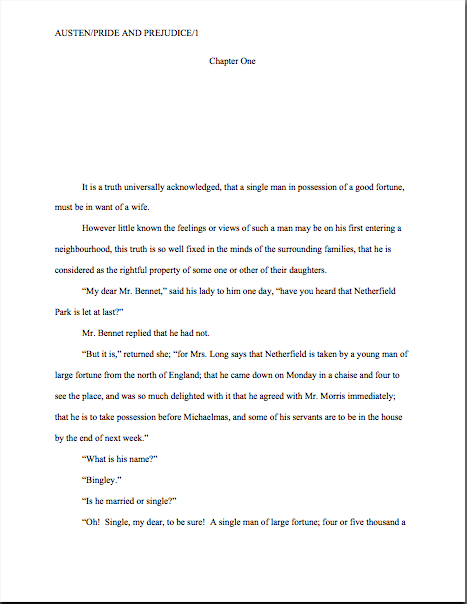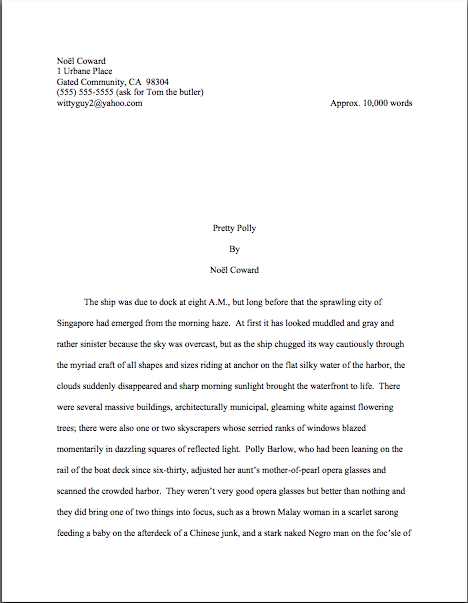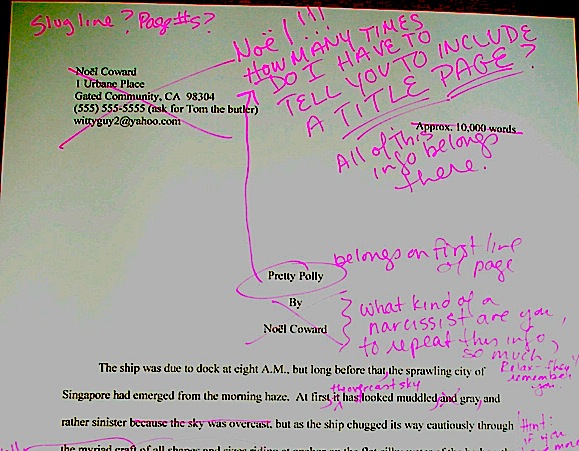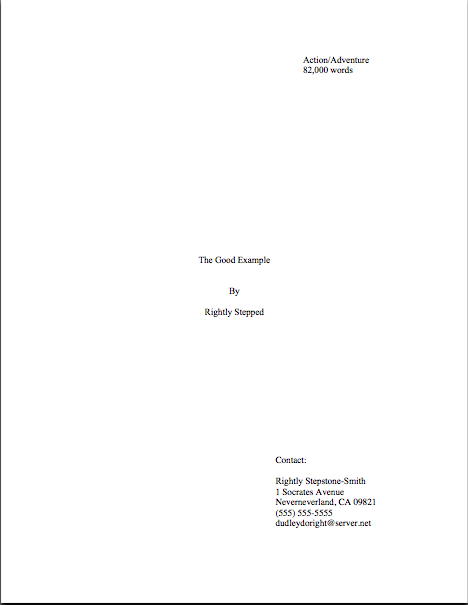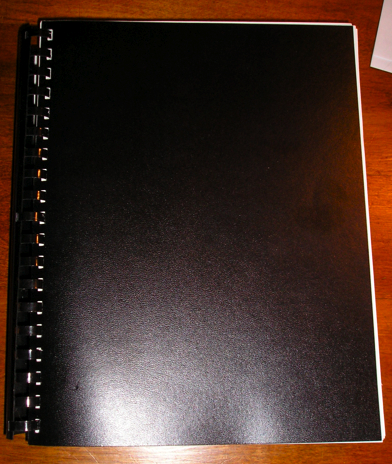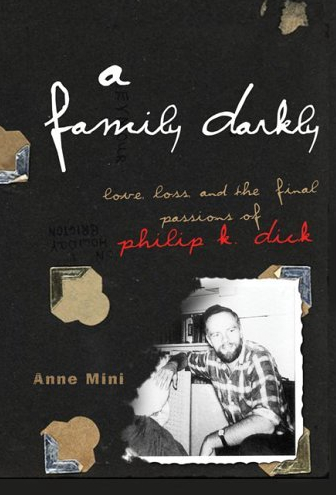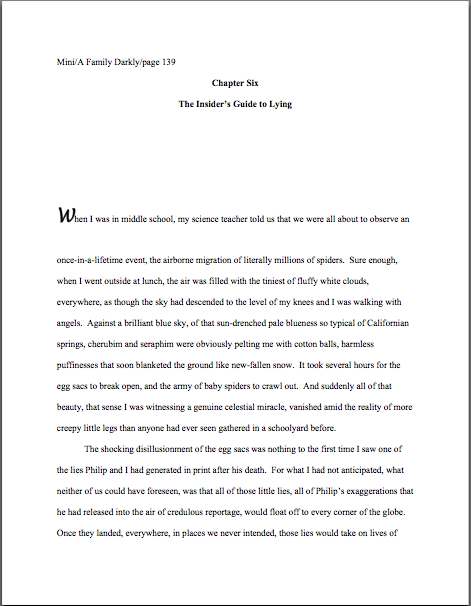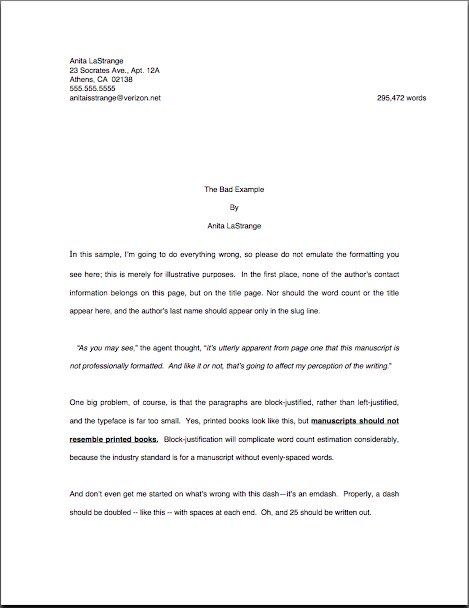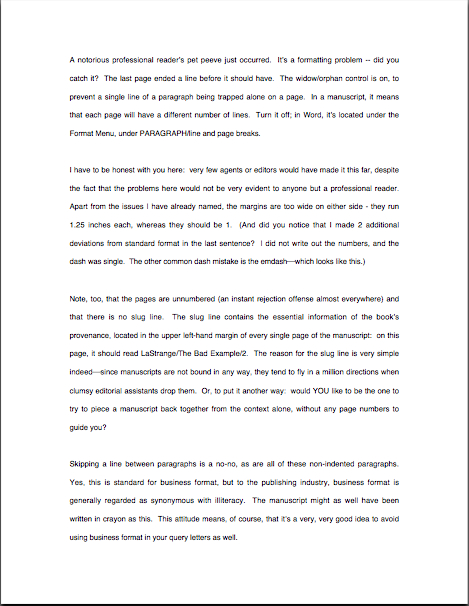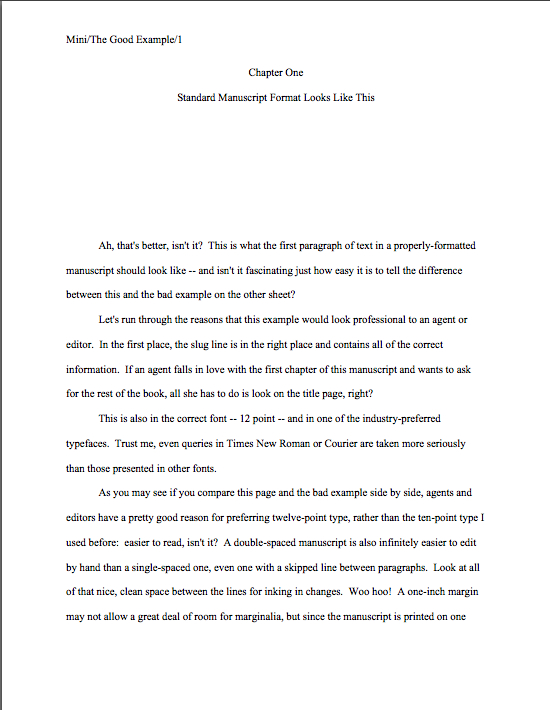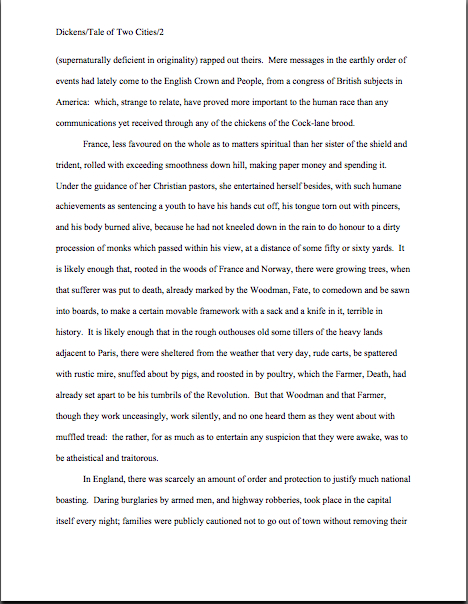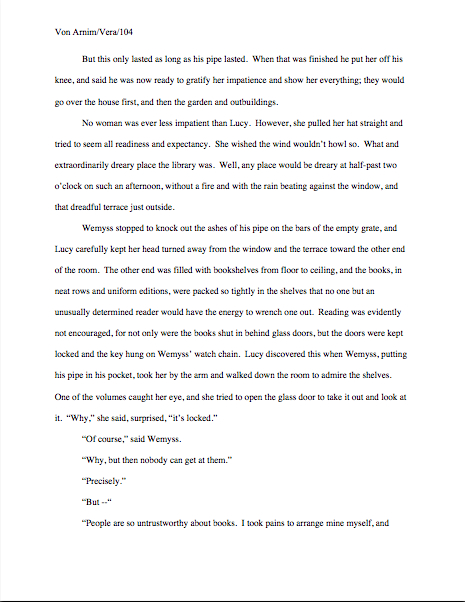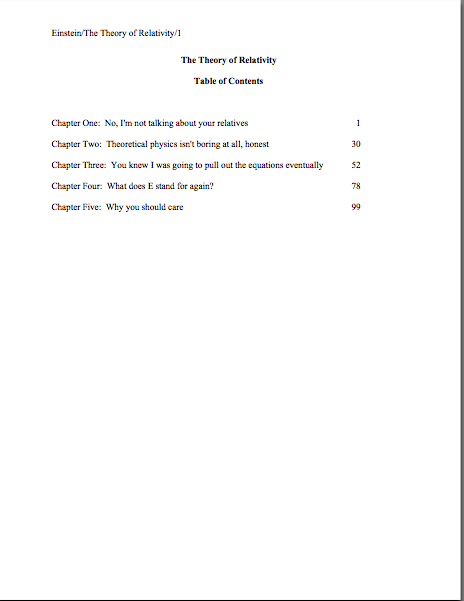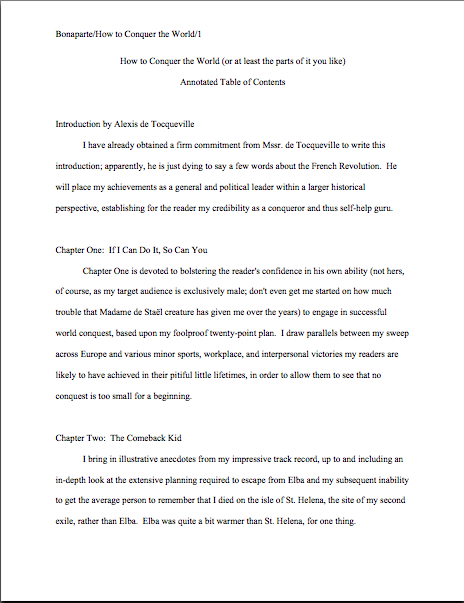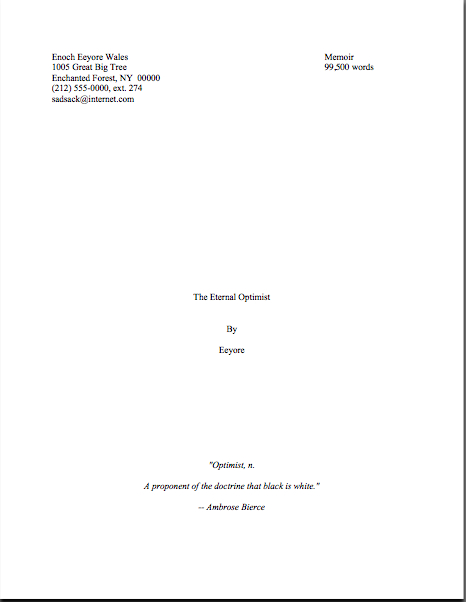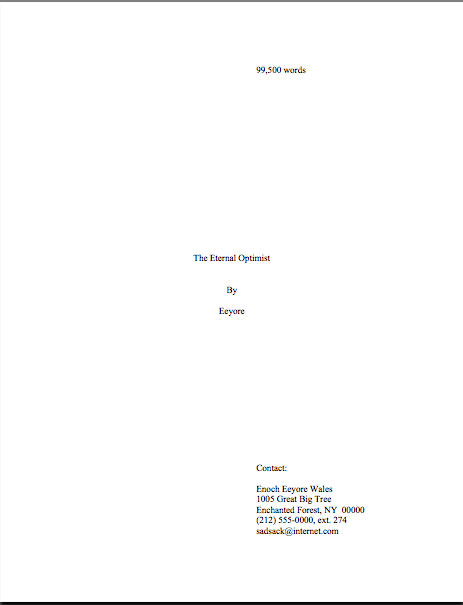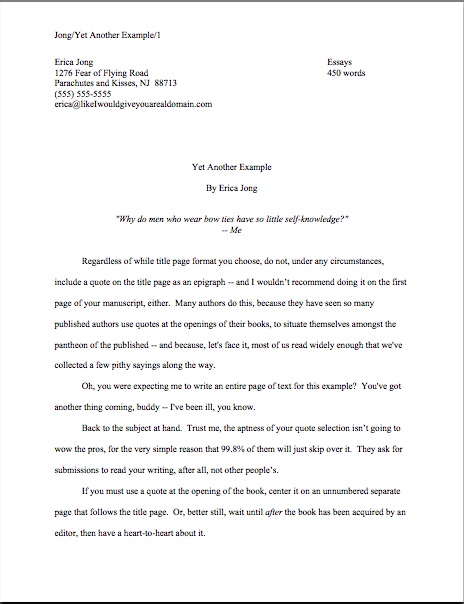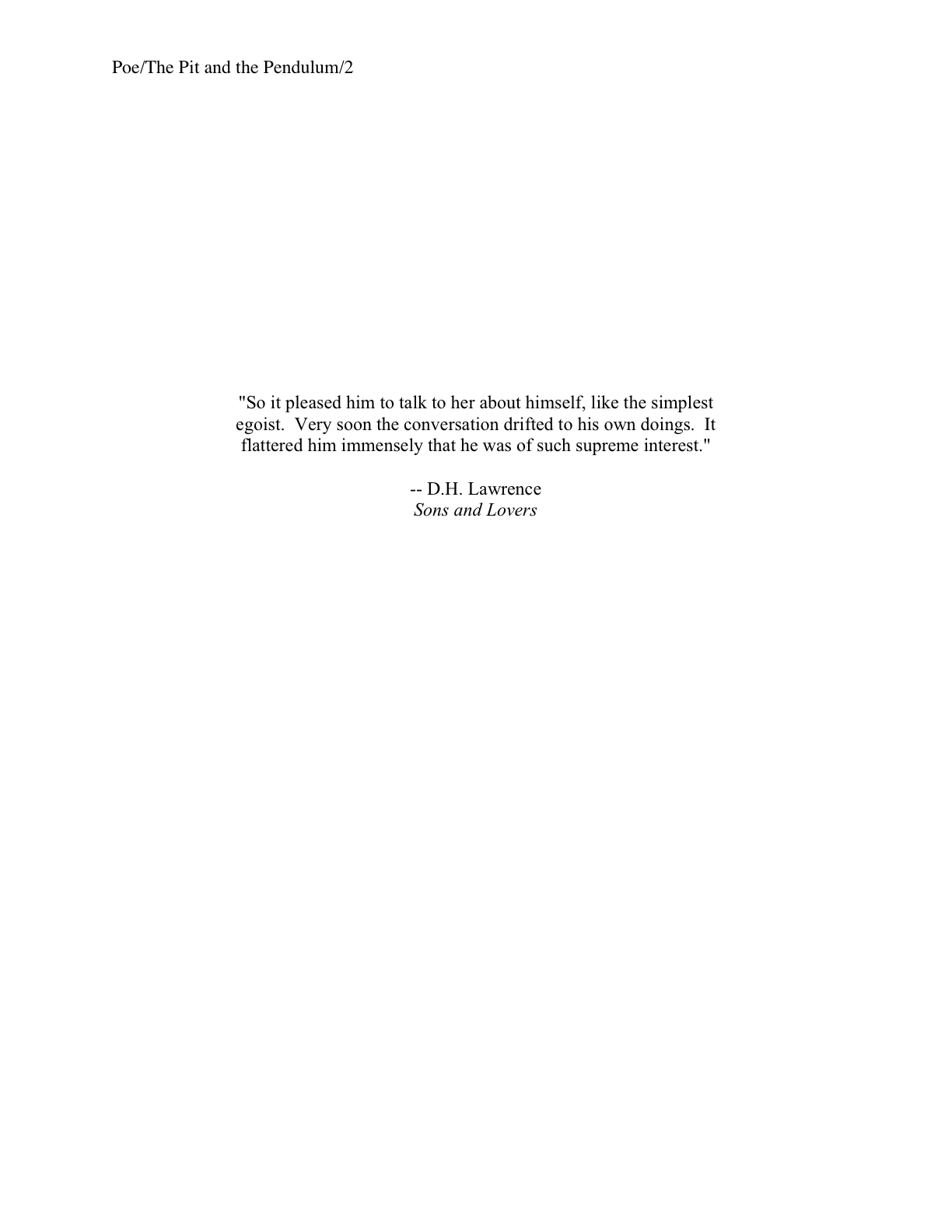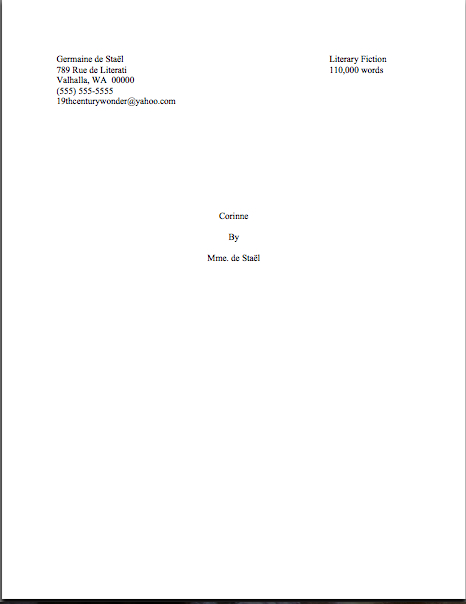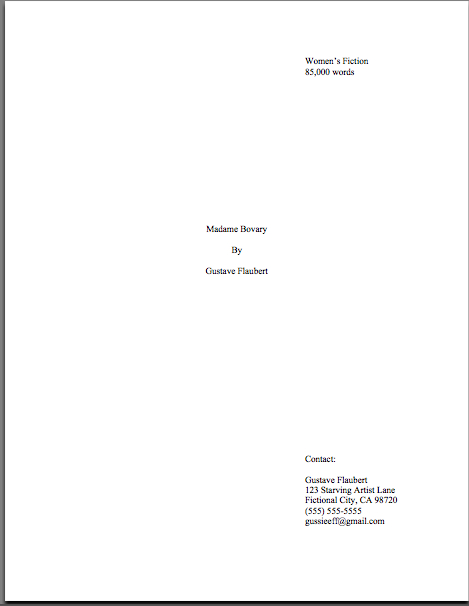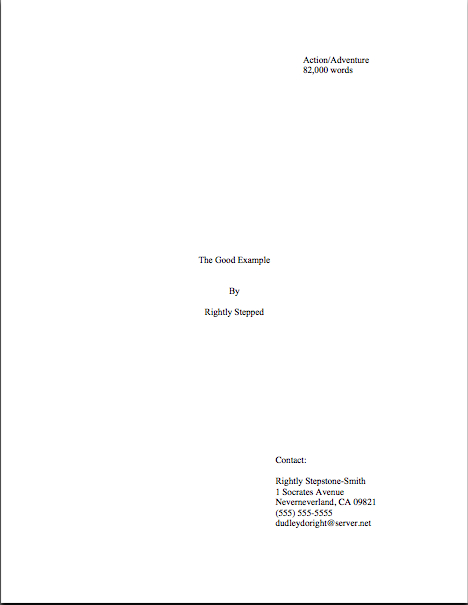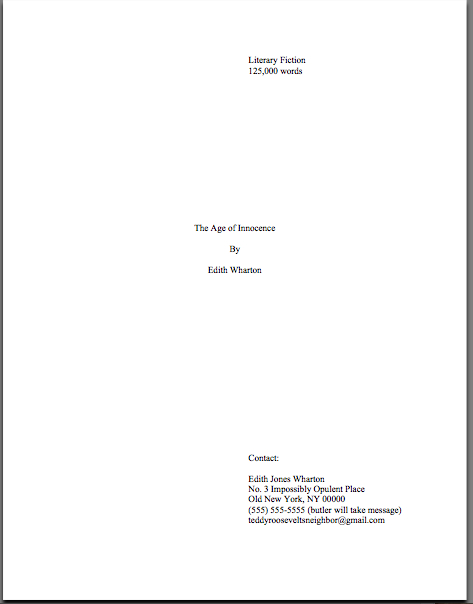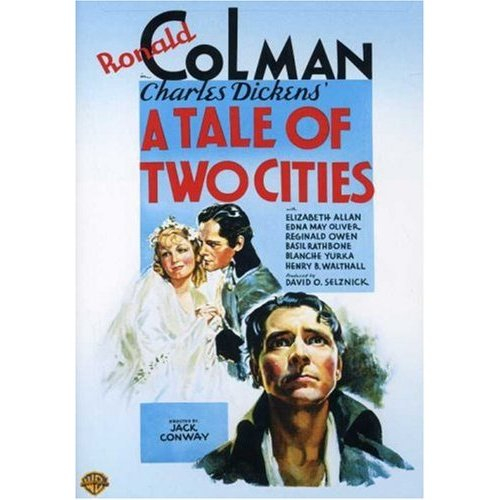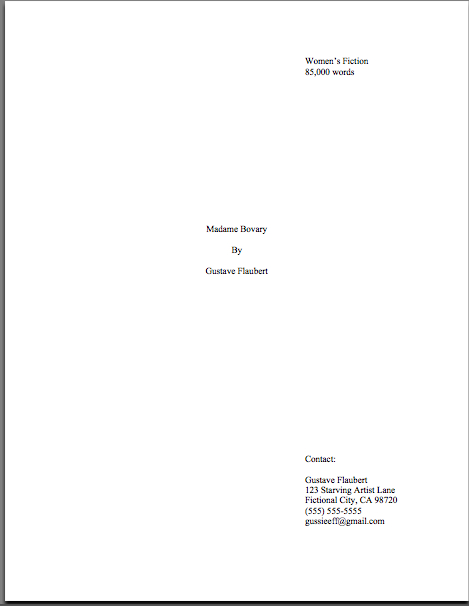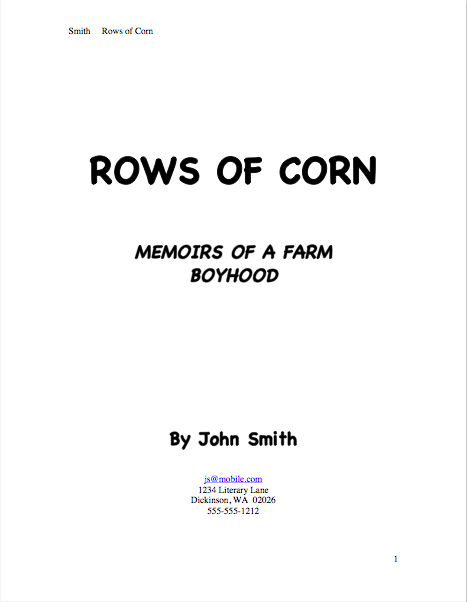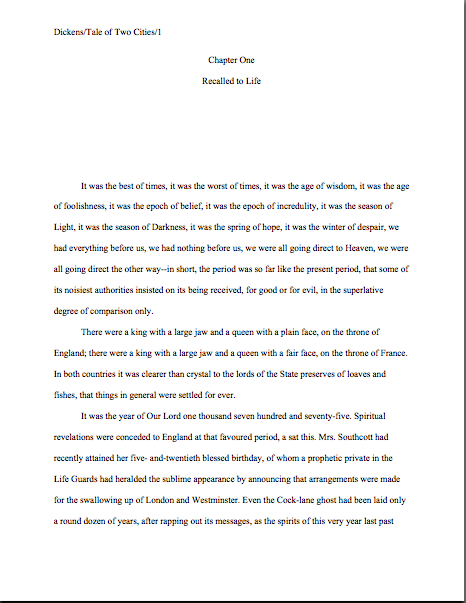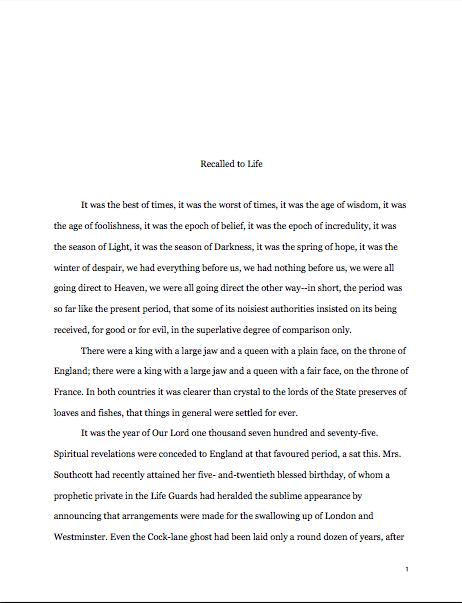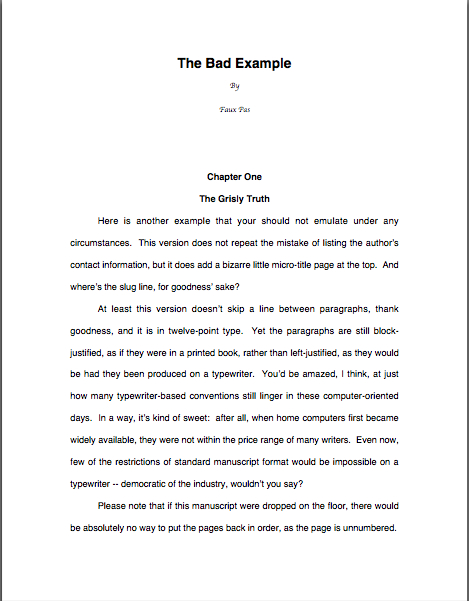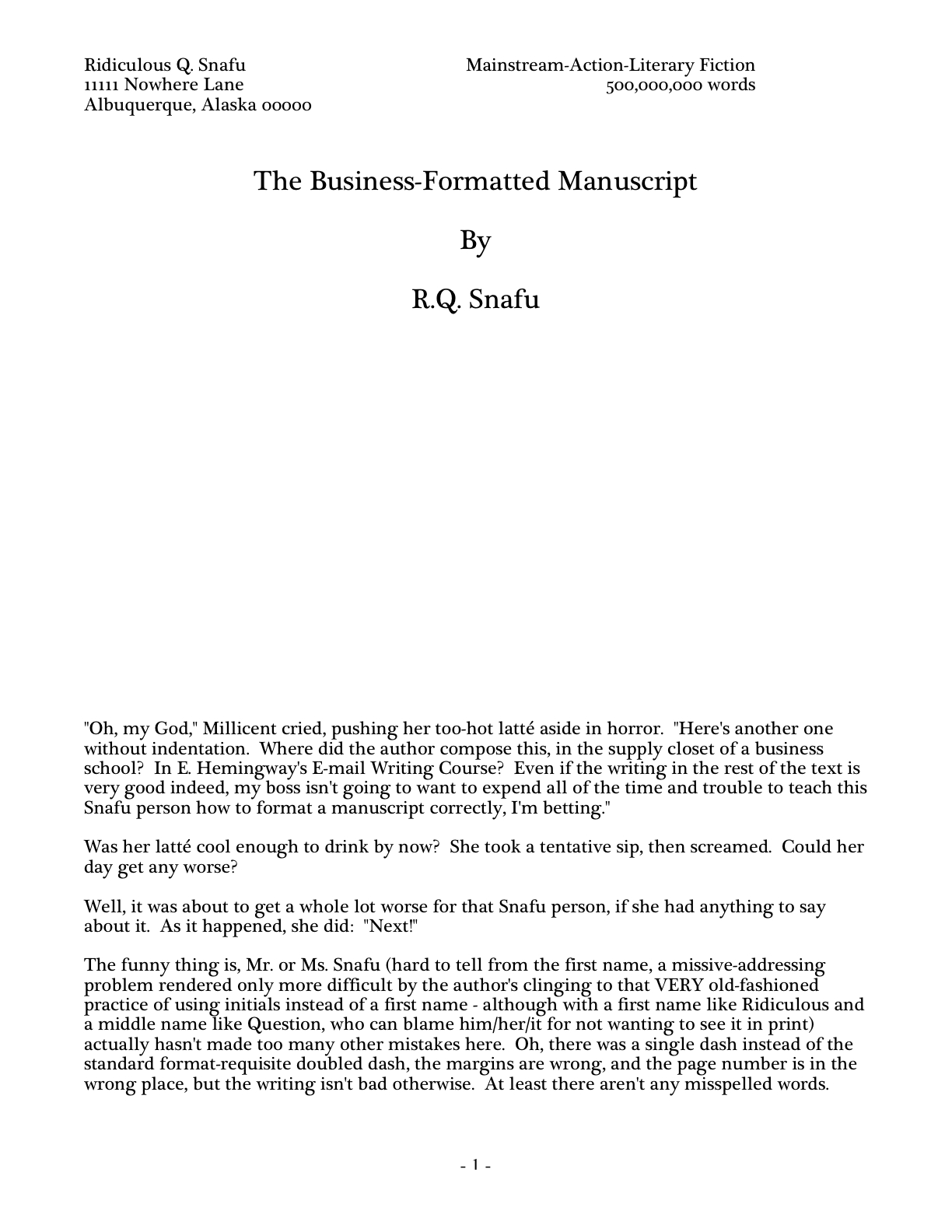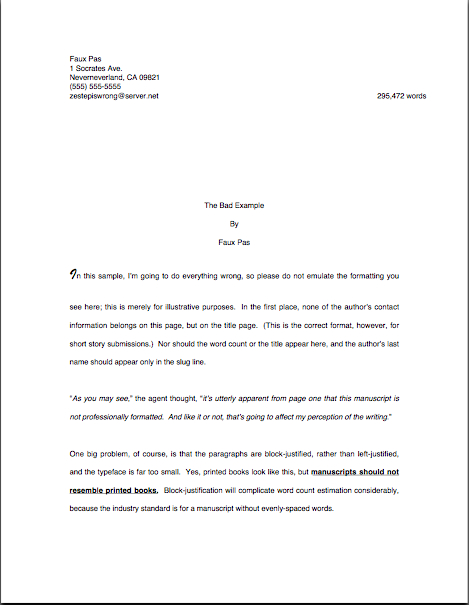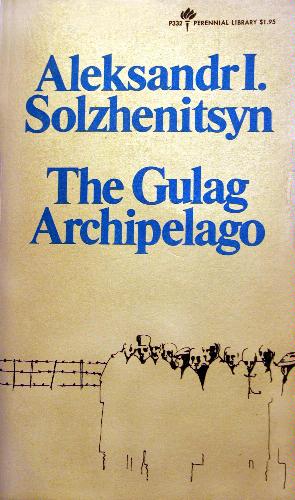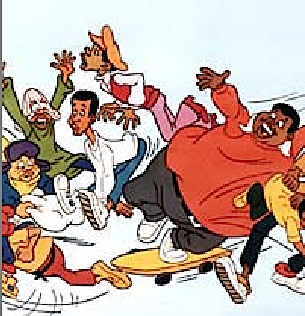Hello, campers –
In keeping with my periodic semi-lazy Sunday break tradition (translation: I’m only working a 8-hour day today, and I’d like to keep it that way), I’ve decided to take advantage of a switch in topics to re-run a post from last year. Actually, now that I’ve finished running through it, it’s not so much a re-run as a rewrite, but the fact remains that it seemed like an apt time to dust off this example — US agents and editors are back from their long summer hiatuses (hiati?), and I know a lot of you are anxiously waiting to hear back from agents met at summer conferences.
So here it is, for the benefit of all of those writers out there who have had one eye on your e-mail in-box and the other on your telephone, not to mention checking the mailbox three times per day, waiting for a response to a submission. Enjoy!
A faithful reader who, for reasons best known to himself, has requested anonymity, wrote in recently with a couple of questions that I think would be of interest to everybody. So I have changed the identifiable information to preserve the secret identities of both author and agent, and am reproducing the essential questions here:
Agent Abraham Lincoln (note: not his real name, but a clever pseudonym) requested the full manuscript and I sent it three weeks ago. How long should I wait for him to make contact? Is it all right for me to call? I don’t want to pressure him, but I am desperate to move forward with the project. Oh, the anxiousness. Ah, the sleepless nights. I have never wanted anything more than to be a published author…
I know there are no set timelines for responses and such, but roughly how long should I wait before moving on?
Mystery Reader (another cunning substitution), there are short answers and long answers to these questions. The short: don’t even think about following up for 6-8 weeks, and when you do, DON’T CALL; e-mail or write.
In the meantime, Mysterious One, YOU should most definitely be moving on: get back to your writing projects. You might even consider sending out a few more queries, just in case.
On to the long answer. Since badgering an agent interested in your work will definitely NOT get him or her to read faster — in fact, it sometimes produces the opposite effect — so it is not a good course to pursue. In fact, most agents will regard follow-up calls or too-soon e-mails as a sign that the prospective client does not understand how the business works.
Which, as we have been discussing at length recently, is not an impression you want to give an agent you would like to sign you.
Why? Well, it tends to translate, in their minds, into a client who is going to require more attention at every step of the process. While such clients are often rewarding on many levels, they are undoubtedly more expensive for the agency to handle, at least at first.
Think about it: the agent makes his living by selling books to publishing houses. This means a whole lot of phone calls, meetings, and general blandishment, all of which takes a lot of time, in order to make sales.
So which is the more lucrative way to spend his time, hard-selling a current client’s terrific novel to a wavering editor or taking anxious phone calls from a writer he has not yet signed?
Uh-huh. Trust me, agent Abraham Lincoln already knows that you want to be published more than anything else in the world; unfortunately, telling him so will not impress him more.
How does he know? Because he deals with authors all the time — and this is such a tough business to break into that the vast majority of those who make it to the full-manuscript request are writers who want to be published more than anything else in the world.
Mystery Reader, you will be a much, much happier human being if you remember this. I can assure you that an agent who receives 800 or 1000 queries per week from glorious dreamers does not have the luxury of forgetting it.
You’re certainly not alone in thinking of your query or submission as if it emits a glow in the agency’s mail room, however. The average aspiring writer, bless his or her heart, tends to forget that the dream of publication is a fairly common one — thus that huge volume of queries through which Millicent sifts five days per week, each of which is presumably from someone who yearns for publication.
Because, really, querying is FAR too hard on the heart (not to mention the wrists) to keep doing if you don’t want success that much, isn’t it?
The very intensity of the longing can sometimes blur an aspiring writer’s view of the agent-finding process — or indeed, the period when one’s agent is shopping one’s book around to editors. Even the most successful author’s career is stuffed to the gills with periods when s/he can do nothing but wait.
This is precisely Mystery Reader’s dilemma, I’m afraid. All you can do is wait — at least for 6 weeks or so, or (to trot out my favorite rule of thumb) for twice the turn-around time the agency has listed in an agency guide blurb or on its website.
Which is another way of saying that there is no hard-and-fast rule that may be applied to every agent at every agency. Sorry.
The reason that there are no set timelines, except for ones that the agents may tell you themselves, is that a TREMENDOUS amount of paper passes through the average agency’s portals, and yours is almost certainly not the only full manuscript requested by Mr. Lincoln within the last couple of months. Yours goes into the reading pile after the others that are already there — and if that feels a little unfair now, think about it again in a month, when a dozen more have come in after yours.
Most agents read entire manuscripts not at work, but in their off hours. In all probability, yours will not be the only MS sitting next to his couch. Also, in a big agency like Lincoln’s, it’s entirely possible that before it gets to the couch stage, it will need to be read by one or even two preliminary readers. That takes time. Furthermore, the vast majority of the publishing industry goes on vacation from mid-August until after Labor Day, so there is always a big crunch around this time of year, while the agency is working through the summer’s backlog.
He may well read it on vacation, but actually, with an entire manuscript, I would be extremely surprised if you heard back in under a month. But if he didn’t give you a timeframe, 6-8 weeks is generally considered a professional length of time to wait.
In the meantime, though, you are under no obligation not to query or follow up with any other agent. (See earlier comment about the advisability of sending out a few queries now.)
That, too, is SO easy for an excited writer to forget: until you sign an agency contract, you are free to date other people, literarily speaking.
Really. No matter how many magical sparks there were between the two of you at your pitch meeting, even if Mr. Lincoln venerable eyes were sparkling with book lust, it honestly is in your best interest to keep querying other agents until Mr. Lincoln antes up a firm offer.
Until that ring is on your finger, keep playing the field.
And where does that leave you? Waiting by the phone or mooning by the mailbox, of course.
For those of you who have never been a heterosexual teenage girl, this may be a new problem, but for those who have, this probably feels very, very familiar. It’s hard to act cool when you want so much to make a connection. Yes, he SAID he would call after he’s read my manuscript, but will he? If it’s been a week, should I call him at the agency, or assume that he’s lost interest in my book? Has he met another book he likes better? Will I look like a publication-hungry slut if I send an e-mail after three weeks of terrifying silence?
Auntie Anne is here to tell you: honey, don’t just sit by the phone; you are not completely helpless here. Get out there and date other agents, so that when that slow-reading Mr. Lincoln DOES call, you’ll have to check your dance card.
Of course, if another agent asks to see the manuscript, it is perfectly acceptable, even laudable, to drop Mr. Lincoln an e-mail or letter, letting him know that there are now other agents checking out your work. For the average agent, this news is only going to make your work seem all the more attractive.
See? I told you it was just like dating in high school.
Even after 6 weeks, you might want to e-mail, instead of calling. The last thing you want is to give the impression that you would be a client who would be calling three times per week. Calling is considered a bit pushy, and it almost certainly won’t get your work read any faster — unlike, say, an e-mail that mentions politely that there is now another agent reading it.
And yes, Agent #1 WILL want you to tell him that immediately. Over and above that, though, all you can do is (chant it with me now) WAIT.
Another great reason to keep querying and submitting while Agent #1 is taking his own sweet time getting back to you is the increasingly common phenomenon of agents not responding to queries or even submissions at all. Within the last year or so, literally dozens of very talented writers of my acquaintance have had manuscripts out to agents for four, five, or even six months without any response.
Heck, it’s now far from uncommon for agencies that accept e-mailed submissions simply to state on their websites, Please consider not hearing back as an indicator that we’re not interested.
This places the writer in a quandary, of course, because from the other side of the country (or the world), how on earth is it possible to tell the difference between a delay caused by a submission’s sitting on an agent’s coffee table, holding up take-out cartons until she has time to read it, one that springs from an unannounced rejection, and one triggered by the manuscript’s having gotten lost in the mail?
For this reason, I always advise my clients and students to include a self-addressed, stamped postcard with every submission, along with a request in the cover letter (you HAVE been including cover letters with your submissions, haven’t you?) that Millicent would write the date it arrived upon it and pop it in the mail upon opening the packet of requested materials. I find that this works far, far better than asking for e-mail confirmation, since complying requires far less effort on the part of agency personnel.
Hey, they’re busy.
What you SHOULDN’T do whilst waiting for a reply is waste your energy constructing a vivid justification for why the agent of your dreams has not yet gotten back to you — an exercise in creative fantasy in which I’ve seen aspiring writers starting mere hours after dropping the submission into the mail. It won’t help your chances; it will only enervate you.
Let me preemptively take the wind out of the sails of the most common of these middle-of-the-night musings: if you haven’t heard back, it’s not because the agent thinking about it or wants to talk with every other employee in the agency before talking it on; it’s because he hasn’t read it yet.
See why most agents get a bit defensive if a writer calls, demanding to know why it’s taking so long? Much like, if memory serves, teenage boys.
Oh, how I wish we had all outgrown that awkward stage.
Try to think of a slow response in positive terms. At many agencies, a submission has to make it past more than one level of Millicent before making it onto the agent’s desk at all — and yes, Mystery Reader, that’s usually still true even if one has met the agent at a conference. If Millie #1, Millie#2, or the agent had taken a dislike to your manuscript, it would have been stuffed into the SASE right away. (See why it’s fairly safe to assume that if you haven’t yet heard back, it hasn’t been read?) Rejections tend to be quicker than acceptances.
I know that this isn’t exactly the answer you wanted, Mystery Reader, but please, try to chill out for the next few weeks. Get working on your next book, because if this goes through, you will want to have it well in motion. Keep approaching other agents, because it can only be good for you if several are clamoring to represent you.
And be very, very proud of yourself for getting to the point in your writing that an agent as prestigious as Mr. Lincoln WANTS to read the whole manuscript. He doesn’t ask just anybody on a date, you know.
Try to be patient, and keep up the good work!



